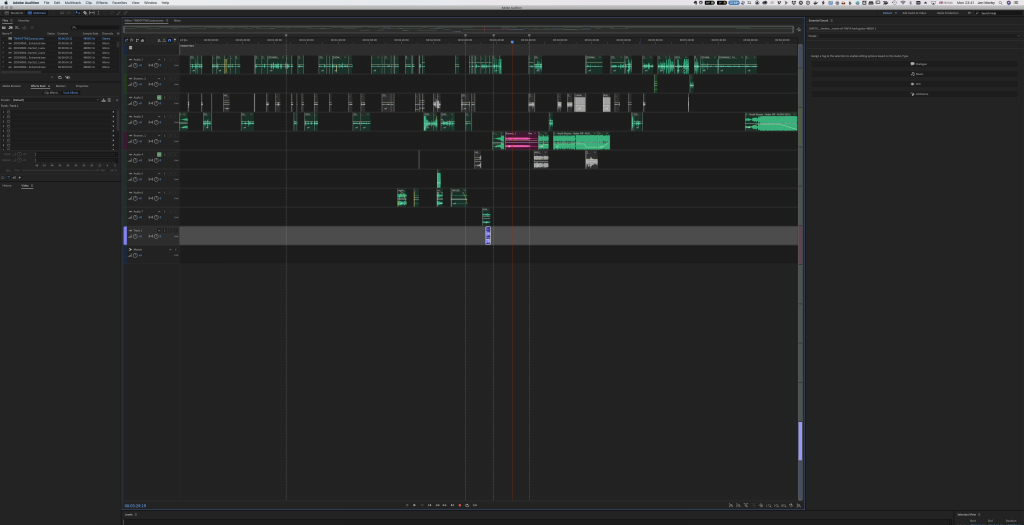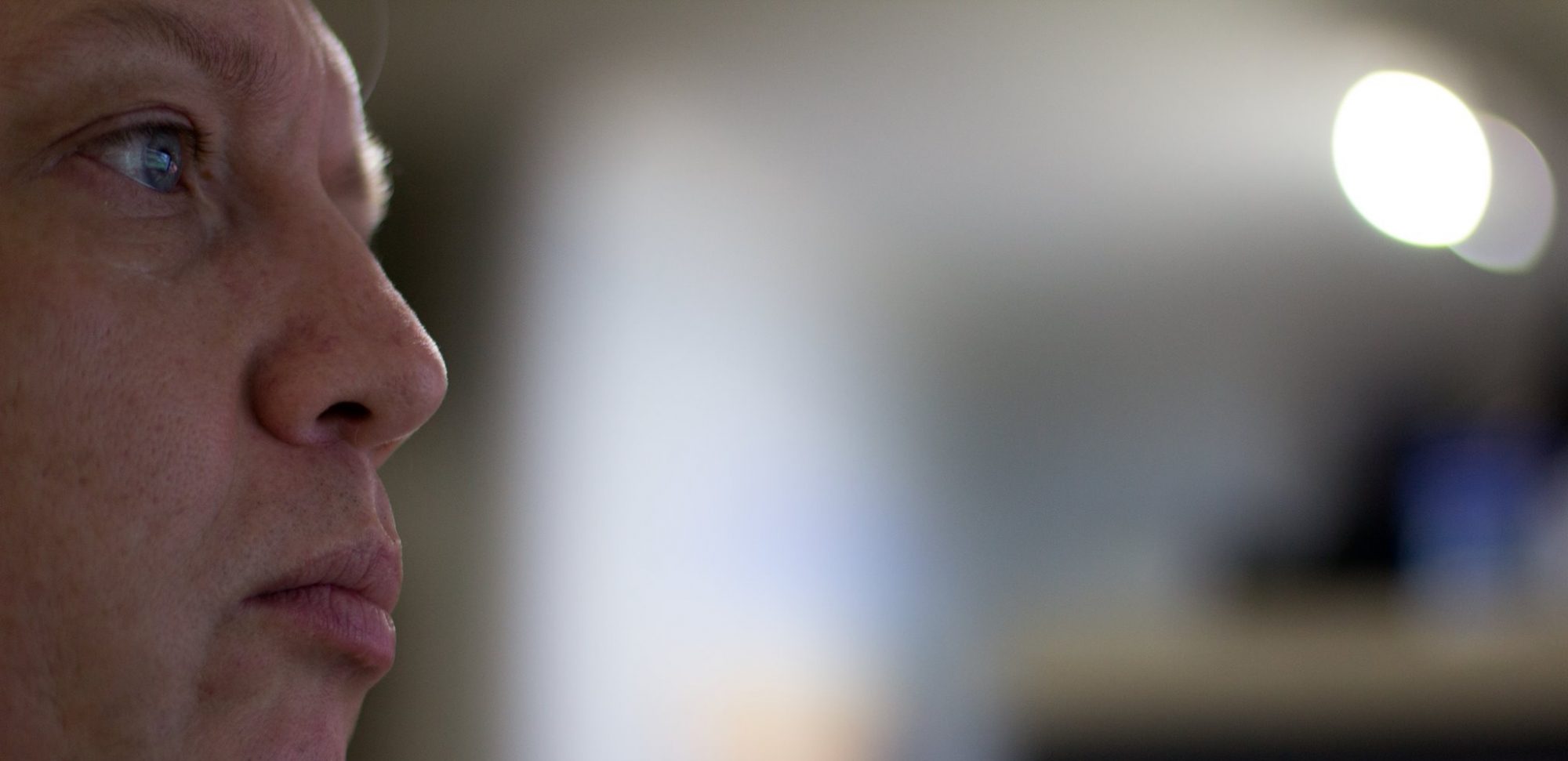April 11th, after several weeks of planning, it was time to record sound for Sammy’s “The Night We Opened for the New Ed Sheeran” (or Jesus Wept as it has become known).
Whilst there was little I would be able to record the actual band’s performance due to the amplified volumes and sensitivity range of the available equipment, I would still be able to record dialogue, ambient sound and other diegetic sounds and effects, such as a beer can being opened, the sound of guitar and drums as the band enters stage and connects with their instruments,
The sound design itself was relatively simple. Take a studio recording of the band playing the song, add some effects to make the music sound as though it was a real, live performance in a club, add some ambient sounds to mimic a busy night club at the request of the Director, including some effects as the band walk on stage (guitar riff, sounds of tumbleweed and crickets) and other comedy effects.
Additionally, I tuned volume levels to suit the performance, ducking sound samples under dialogue and ensuring that audio levels were kept within bounds.

Having received a project file with some basic sound effects and sounds mixed up across multiple tracks (with music, dialogue and sound effects all intermixed) my first job was to split the tracks out so that dialogue was on one track, the band’s music was on another and so forth.
I then added ambient sounds, effects including reverb on the band’s music, I tidied up and removed background noise from the dialogue tracks, and worked with the Director (Josh) to get the effects and Foley in as he wanted them in order to tell the story through sound as well as visually.
I then bounced the audio file out and sent them the finished mixdown, along with the project file and copies of all of the samples I had used.
Several changes and tweaks were fed back by both Producer and Director and were included in the final mixdown. The finished bounce was completed and uploaded before the final deadline.
Were I to do this again, I would want to make sure that the equipment being used would be more suited to the task, the ability to record directly from the mixing desk would be good for example. It would have also been nice if we had been able to use Lavalier microphones, however, these weren’t available and so the only option was to record with the boom mic.
I have yet to see (hear?) the “finished” (merged) product in public, however, the work I submitted to Sammy for inclusion was very close to what I had wanted to achieve. I did feel that some of Josh’s notes conflicted with my wish to deliver the best possible mix, that said, Josh was the Director, and as such has the final say as it was his artistic vision. There are some areas of silence (for example) which I think should have been filled with band noises, and there was a “riff” section which no-one could agree on in the time we had, so Sammy was tasked with doing his own version ahead of the tight deadline for final submission. I think if we add in a decent guitar riff (or put back the sounds of a guitar being tuned) as well as smoothing out the silence and mixing in a little more backing track then the impact will be quite positive.
Sammy has since said to me that he wants to do an enhanced final mix, taking on board some of my original suggestions – once the HND Showcase is out of the way – and he looks to promote the film around the festival circuit. He has said that on reflection he agrees with my original comments on the sound effects, and especially the momentary gaps/silence.
I think one major problem with this project was that at no point were Sammy, Josh and I all in the same room listening to the mix at the same time. This was due to a number of scheduling conflicts and work commitments coupled with the incredibly tight deadline and the fact that Josh and Sammy were working on multiple films at the same time.
That said, given the limited time I had to work on the final product, I think it worked quite well. Contrary to my usual workflow of DaVinci Resolve and Fairlight, I worked entirely in Adobe Audition in order to meet the requirements of the project. Adobe Audition was relatively easy to use and the change had minimal impact on my workflow or ability to deliver the project on time. Obviously there is always room for small improvements, and it is rare for anyone to be completely happy with their work. That said, on the whole, I am proud of the sound design, and flattered by the fact that Sammy has since been in touch asking me how I made certain sounds and effects as they were just what he wanted and he needed to do similar on Priscilla’s sound design to make the room effects sound more realistic.
I would certainly have liked more time to work on the crowd effects and the guitar solo riff, but on the whole, I think the project went well and I really enjoyed the task. A future version would include a 5.1 (or maybe even 7.1) surround sound mix, and I regret not having been given enough time to do that on this project. (This is something I can do easily and quickly in Fairlight, and I was keen to experiment and work out how to do the same in Audition).


